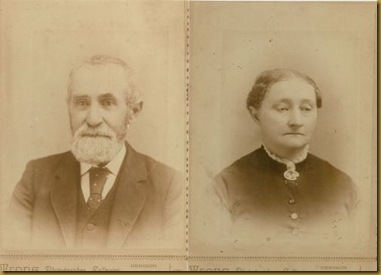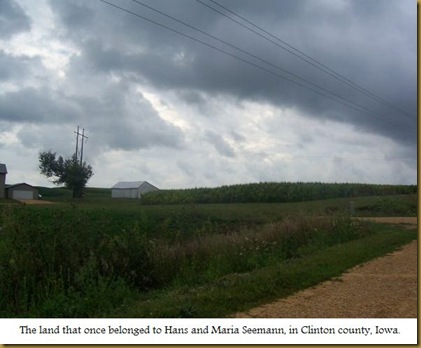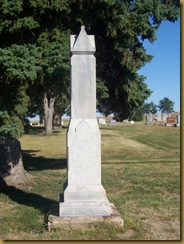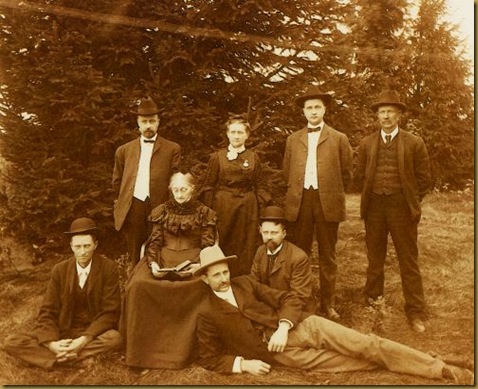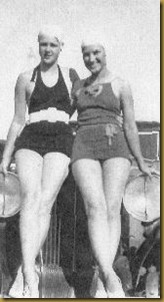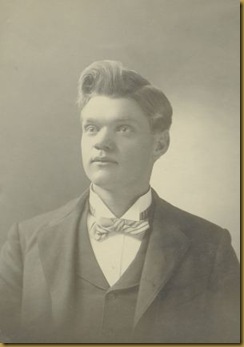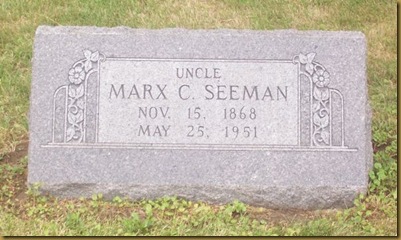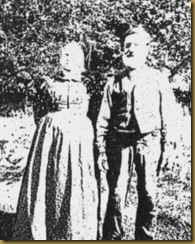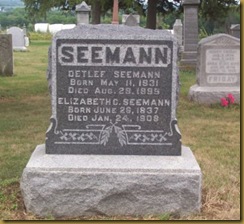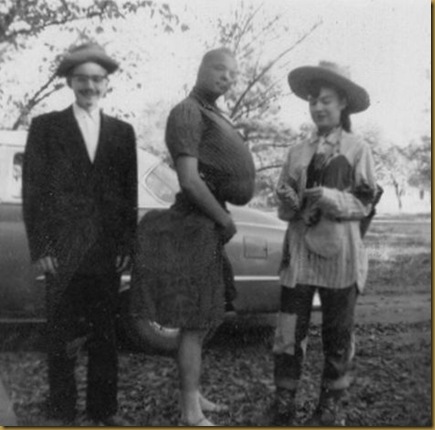I don’t know about most people, but I have a limited amount of money to spend on society memberships, so I’m constantly having to evaluate benefit vs. cost. I’d love to join many more, but I need to be selective.
I recently discovered the website for an historical society in an area of genealogical interest – close enough geographically that I could utilize their library and even attend meetings from time to time. I liked that their website had a detailed listing of resources. They had a current events widget. Looked great – I just needed to know about their membership fees, journals published, publications for sale, benefits for members, etc. But none of this information was on their website.
They did have a link to email them, which I did. I received an automated reply stating that if I didn’t hear from anyone in 2 weeks, to call them. Really??
I checked their blog, hoping for more information, but it had only one entry and had not been updated in 7 weeks, except by spammers publishing links to questionable websites. Apparently no one at the society reads the comments of their visitors, legitimate or not. It was a disappointment, and needless to say, that particular society has been crossed off my list for membership. The porch light appears to be on, but nobody’s home.
This experience got me thinking about what I, as both a potential new member and a former society volunteer, value in a genealogical or historical society.
1) I love to see an informative, attractive, easily navigated website. Especially one that’s kept up-to-date with current happenings – it shows me that the society is alive and well. Things are happening there.
2) Current members should have easy online access to the information they need. Potential new members should be given good reasons to join – membership fees and benefits are important; contact information and queries that are attended to
promptly is imperative. Show me why joining your society would be a great decision. If I didn’t already have an interest, I wouldn’t be at your website.
3) Societies should publish the best journal possible, and publish it regularly. I appreciate getting what I paid for.
4) On a society’s website, I enjoy a short narrative on the history of the area, or some articles on historical local topics – I want to see how interested and excited a society is about their mission. An anemic society isn’t going to excite potential or existing members much either.
5) Are there volunteer opportunities – proofreading, formatting, transcribing, etc. - that can be done from a distance. I’d like to get involved despite the fact that I don’t live in the area. Is there some way that I can help you help us?
6) I love indexes! I’m elated to find an index with an easy way to get the original. For a small fee, payable quickly and easily by PayPal, the society will print and mail a photocopy of the record I need. I can order it, and get it in the mail a few days later. Awesome! And very forward-thinking!
7) A big bonus is a “Members Only” section of the website, where I can access selected library materials or search more detailed indexes. What a boon to members who live a great distance away, and a great reason to join the society, even if I can’t get to the research library in person.
These are just a handful of things that are most important to me. How do *you* feel about it?
